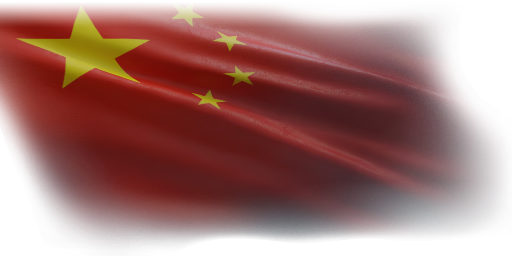
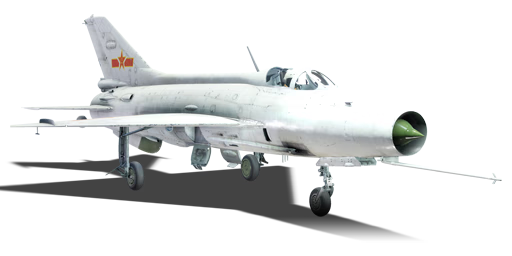


The J-7II is a Chinese jet fighter. It was introduced in Update 1.91 "Night Vision".
After the Korean War, several nations came out with various aircraft which would out-fly opposing aircraft, especially in a dogfight. The U.S. introduced the Lockheed F-104 Starfighter and Northrop F-5 Freedom Fighter while European nations France, England and Sweden rolled out the Dassault Mirage F-1, Mirage III, English Electric Lightning, Hawker Hunter and the Saab Draken. At this time the Soviet Union was working on further developing the twin-engine MiG-19 but realized what it actually needed was a fast, single-engine light-weight fighter in what ultimately became the most highly produced supersonic fighter in the world and used by over 60 countries. The basis of this fighter was the Ye-66a (Ye stands for "Yedinitsa" or single-unit), later changed to MiG-21 F-13 or as dubbed by NATO, the Fishbed-C. Due to a shaky political situation, the Chengdu Aircraft Company in China reversed and engineered the MiG-21 sent by the Soviet Union without technological documents. In the process, they solved almost 250 inherent problems with the MiG-21, upgraded the fuel system, replaced the ejection seat and reoriented how the cockpit canopy opened. The result was the J-7 interceptor fighter that looked like the original MiG-21 with minor design and performance differences. NATO dubbed this aircraft Fishcan.
The J-7II was built to be a point defence interceptor, not an air-defence fighter slated for combat missions, basically a short-range day fighter. Due to being cheap, fast, inexpensive and simple to maintain, the essence of this fighter's existence was to be used in large groups to overcome the technologically advanced Western aircraft. Essentially it was a missile which houses a pilot, two 30 mm cannons and two PL-2 air-to-air missiles. The sleek airframe was made with aluminium alloys, steel, magnesium and fibreglass. The air-intake cone automatically adjusts during the flight to help the aircraft remain aerodynamic. The fighter sported a delta wing with a 57° leading edge and even the all-moving tailplane utilizes the swept feature. Everything about this jet focus on speed which lends it reaching out to the Mach 2 range. The strength of the aircraft is its speed in a straight line whether in a climb, level flight or a dive, however, when it turns at all, it haemorrhages its energy and when it gets below 700 km/h, it is difficult to get back up to speed without diving to make up that speed. When caught near the ground and going slow will be extremely frustrating for a J-7 pilot.
The J-7II excels in air-to-air combat. Beware of hard banking; while it can slow you enough to get behind an enemy fighter, doing so will drain the plane's energy and let an attacker get their guns or lock their missiles onto you. Maintain your situational awareness at all times. Although this fighter can be outfitted with rockets or 500 kg bombs, these options should be reserved for destroying light ground targets or for Ground Realistic battles. The PL-2 missiles are difficult to use, in contrast to later missiles such as the PL-5. Newer pilots may elect to outfit the HF-4 rockets and use them to go after bombers. With only 120 rounds of 30 mm cannon ammunition between the two cannons, trigger discipline is a must or else you will be waiting often for a reload timer to count down or will be frequently returning to base to reload.
flaps
flaps
flaps
brake
| Belt | Belt filling | Armor penetration (mm) at a distance: | |||||
|---|---|---|---|---|---|---|---|
| 10 m | 100 m | 500 m | 1000 m | 1500 m | 2000 m | ||
| HEF-I/HEFI-T/APHE | 40 | 39 | 34 | 28 | 23 | 19 | |
| HEFI-T/APHE/APHE/APHE | 40 | 39 | 34 | 28 | 23 | 19 | |
| HEF-I/HEFI-T/HEFI-T | 6 | 6 | 5 | 4 | 4 | 3 | |
| Name | Weight | Slot | ||||||
|---|---|---|---|---|---|---|---|---|
| 75.3 kg | 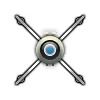 |  | ||||||
| 32 × | 225.5 kg | 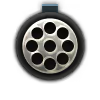 |  | |||||
| 473 kg |  |  | ||||||
| 135 kg | 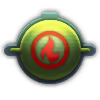 |  | ||||||
| Drop tank (490 liters.) | 70 kg | 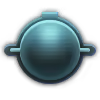 | ||||||












Flight performance | |
|---|---|
Survivability |
|---|
Weaponry | |
|---|---|